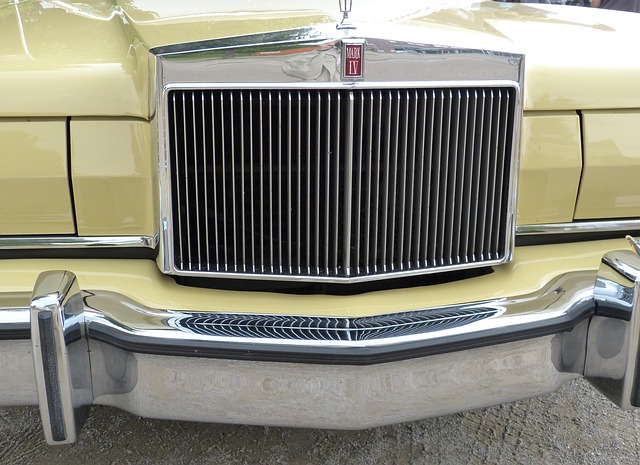Release time: July 24, 2025
Views: 214

Choosing the right Peltier cooler (thermoelectric module) can make or break the performance of your thermal system. Whether you're an OEM developing a medical device, a telecom cabinet, or a compact refrigeration unit, selecting the correct TEC configuration is critical for achieving reliable, efficient, and cost-effective cooling.
In this buying guide, we break down the key technical and commercial considerations that B2B buyers and engineers should evaluate before purchasing or specifying a Peltier cooler.
Before selecting any model, you need to determine:
l Cooling power required (Qc, in watts)
l Ambient temperature (Ta)
l Target cold-side temperature (Tc)
l Heat source power (watts or heat flux in W/cm²)
This information is essential for choosing a module with sufficient ΔT (temperature differential) and cooling capacity.
Peltier modules come in various configurations, including:
| Type | Application Range |
Single-stage TEC | General purpose cooling (ΔT up to ~60°C) |
Multi-stage TEC | For deep cooling or low-temperature environments |
Miniature/micro TEC | Ideal for compact electronics or laser cooling |
Custom-shaped TEC | Designed for curved or specific surface geometry |
For example, a compact PCR machine may use a multi-stage TEC, while a battery pack might need a flat, single-stage design.
Every application has physical and electrical limits. Consider the following:
l Operating voltage and current — Match with available power supply
l Size and thickness — Must fit your mechanical layout
l Thermal resistance of heat sinks — Impacts cooling efficiency
l Hot-side dissipation strategy — Fans, heat sinks, or liquid plates
We recommend using thermal simulation software or consulting with a supplier for proper thermal modeling.
For B2B clients, consistency and reliability matter:
Factor | Recommendation |
Life expectancy | Choose modules rated for >100,000 hours |
Sealing and insulation | For humid or outdoor use, IP-rated options are preferred |
Certifications | Ensure RoHS, CE, and if needed, ISO 13485 (medical) |
Batch consistency | Request test reports or qualification samples |
When sourcing TECs for your product line, your supplier should offer more than just a part number:
l Thermal design and simulation support
l Customization (size, leads, coatings, etc.)
l Rapid prototyping and small-batch flexibility
l Scalable production and quality traceability
l Global logistics and compliance documentation
At Huajing Thermal, we’ve supported clients in over 30 industries with tailored thermoelectric solutions.
l Can this module maintain my required ΔT at my specific Qc?
l What kind of heat sink or active dissipation do I need on the hot side?
l Is condensation a risk, and how can I mitigate it?
l What is the expected MTBF (Mean Time Between Failures)?
l Are there integrated options like cooling assemblies or fan kits?
Choosing the right Peltier cooler is a strategic engineering and procurement decision. The right module improves performance, reduces maintenance, and strengthens product reliability.
sale02@hj-tc.com to start your thermal solution consultation.
Looking for more
information?

0755 23405284
Email: sale02@hj-tc.com
Add: 3/F No.5 Building,Yesun Pingshan Life and Health Technology Park, No. 19 Linhui Road,Pingshan District, Shenzhen, Guangdong,CN.
©2019- 2024 Huajing Co.,Ltd.Copyright